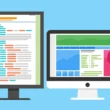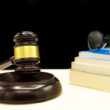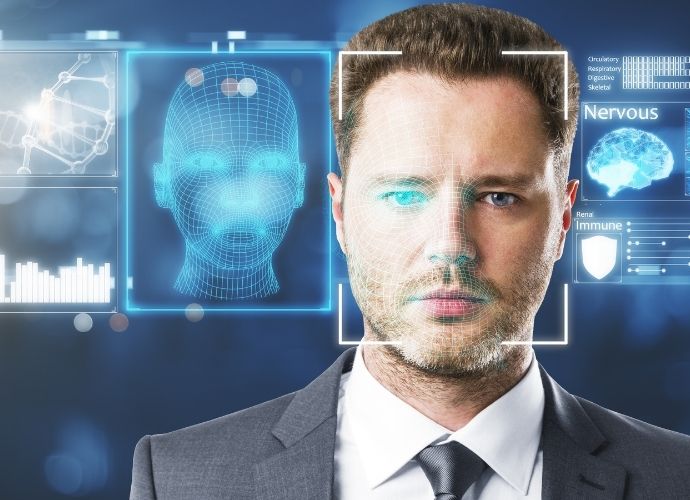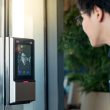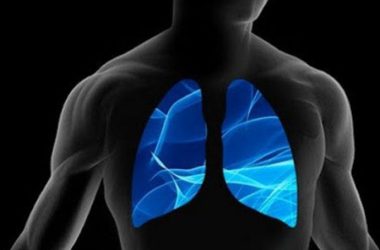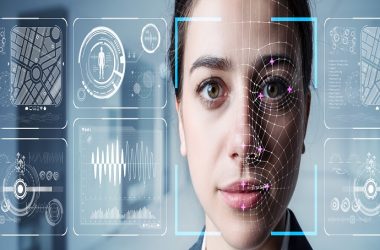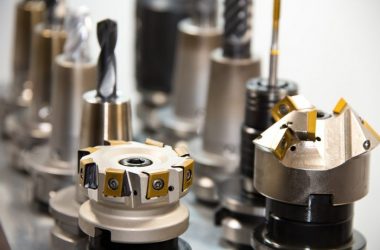The science of facial recognition algorithms is a fascinating topic, and it’s quickly becoming a huge part of our lives. People are interested in face recognition algorithms because it is an ingenious way to identify someone. These algorithms are used in various types of applications, including social media sites, personal identification, security, and law enforcement. With this new found popularity, many people are interested to know how they work. To understand the algorithms, we must first understand how a face is formed.
Below is a picture of a face:
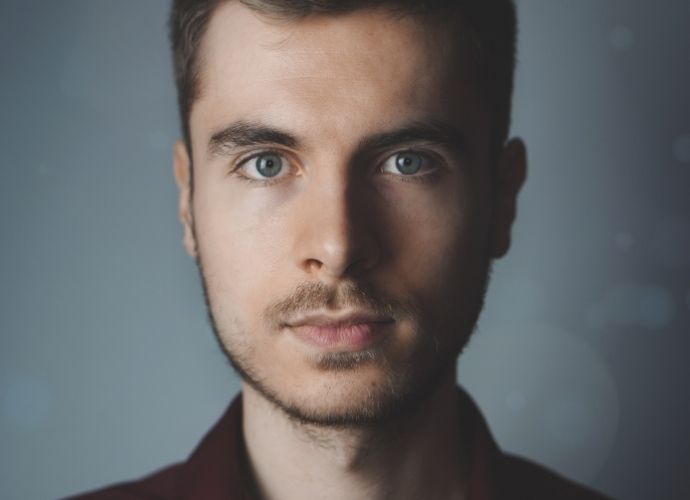
The face is composed of many parts. The eyes, nose, and mouth are the most important elements. Each of these parts has some associated features. These are the characteristics used to distinguish faces from one another. They include the size and position of the eyes, nose, and mouth. They also include the distance between the eyes and the distance between the mouth and the chin. Face Recognition Algorithms use these features to compare faces.
Implementation
There are two general modes of operation for face recognition algorithms. The first, called the supervised learning approach, uses a training set of images that have been labeled with the correct name. The second, called the unsupervised learning approach, does not use a training set and instead learns from the input image alone, In both cases, the algorithms work in three steps. The first step is to detect the face in the image. The second step is to process the image to calculate the features. The third step is to compare the features of the current face to the features of the stored faces.
Detecting the face in the image
There are many ways to detect a face in an image. The most important thing to remember when detecting a face is to look for the eyes, nose, and mouth in the image. The eyes, nose, and mouth are the defining features of a face. In most cases, if a face cannot be detected using the three features, it is not a face. The face is detected using a feature. In this case, the eyes are being used to detect the face.
Processing the image to calculate the features
Once the face is detected, the image needs to be processed to calculate the features. There are four types of features used in face recognition. The first feature type is the position of the eyes, nose, and mouth. The features of each of the three features are calculated. The features include the position, size, and direction of the eyes, nose, and mouth. The second feature type is the direction of the features. The features may be pointing towards each other. The third feature type is the region around the features. The features may be detected as belonging to a region. This region is typically a circle because the face is circular. The fourth feature type is the distance between the eyes and the distance between the mouth and the chin. This type of feature is also called the interocular distance (IOD).
Comparing the features
Once the features are calculated, they need to be compared. There are three main methods for making these comparisons. The first method is called matching. Matching is the process of finding two faces that are the same. The second method is called verification. Verification is the process of determining if a face belongs in a set of faces. The final method is called identification. Identification is the process of identifying a person from a set of faces.
Applications
Face detection/recognition systems are used for many different purposes. They can be used to identify and track people of interest based on biometric data from a photo, video, or a live camera feed.
They can also be used to identify and track people and vehicles at border crossings and airports.
These systems are also used to locate people in crowded places.
The systems can also be set up to scan for specific features. This allows the systems to identify people based on their height, weight, skin color, or any other features that can be used to identify them. The video analytics system can be used to identify the number of people in an area and the movement of people in a certain space.
Another application is photo editing and photo manipulation. Facial recognition algorithms can be used to put a person’s face on a different body, age, or gender. They can also be used to edit out wrinkles and blemishes on a person’s face. For example, a person may want to remove an unwanted person from a photograph. The person may take the photograph and use the face recognition algorithm to remove the unwanted person.
The applications of these systems are endless. It is hard to say what the future will bring, but so far it has helped with business, government, and even personal use.
Software Engineer

